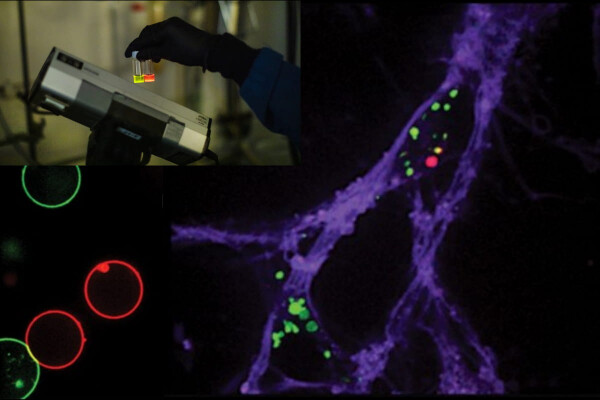
Penn Life Sciences & Management seniors from the Trident Therapeutics team present their final capstone project to a room of more than 100 of the “who's who” of biotechnology. (Photo: Brooke Sietinsons)

Penn Life Sciences & Management seniors from the Trident Therapeutics team present their final capstone project to a room of more than 100 of the “who's who” of biotechnology. (Photo: Brooke Sietinsons)
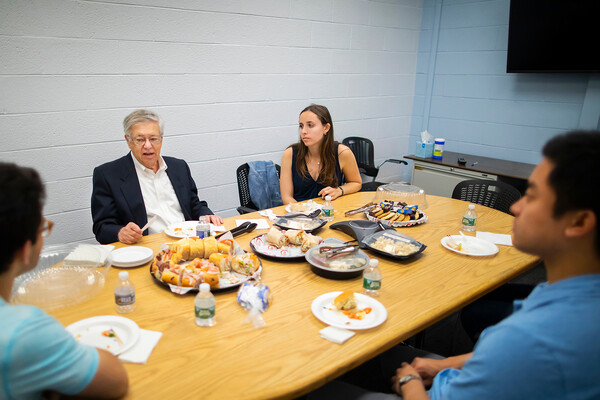
Penn students had the opportunity to hear about Nobel laureate Michael S. Brown’s childhood growing up in the Philadelphia suburbs, stories from his time as a student at Penn, and the origins of his work that led him to winning a Nobel prize.

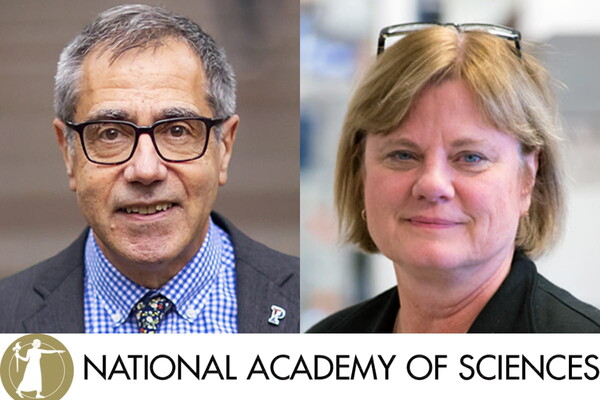
Eugene Mele and Nancy Speck are among the 100 new members elected to the National Academy of Sciences.
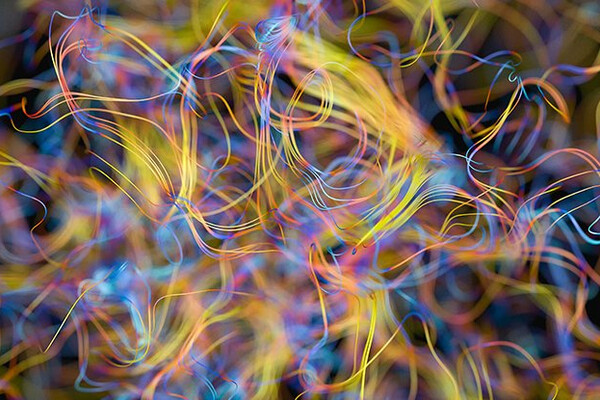
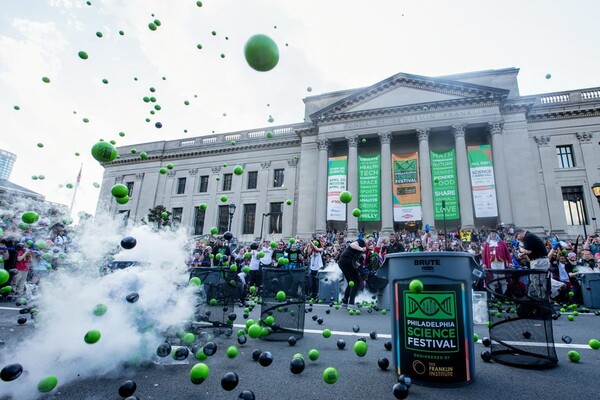
The Philadelphia Science Festival, happening from April 26th until May 4th, brings together hundreds of institutions from the Greater Philadelphia area and culminates in the grand finale Science Carnival along the Benjamin Franklin Parkway (Photo credit: Philadelphia Science Festival).
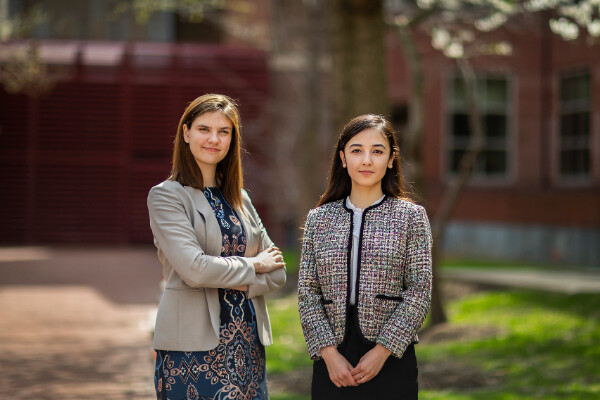


A series of quantum dots, particles that are only a few nanometers in size, with the contents of each vial differing only in the physical size of the crystals, which causes them all to glow at different frequencies. This concept is similar to an organ pipe, which also produces sound at a particular frequency that is related to its size. (Image: Prof. Marija Drndić, University of Pennsylvania).
